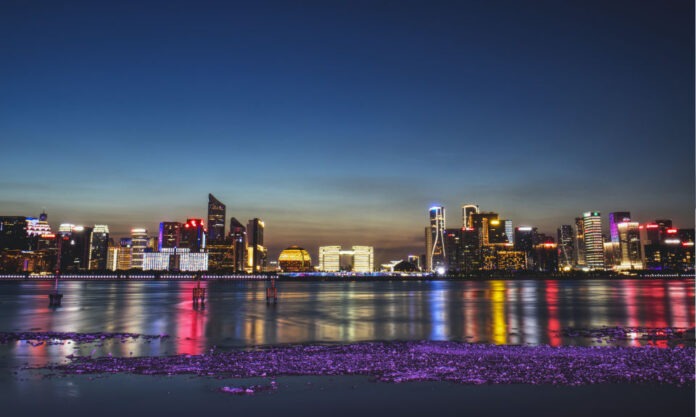What is a mega city? Which cities qualify in China? How do very large populations influence their own growth? And what factors are at play in driving population increase in order to propel cities in becoming the biggest of the big?
News has emerged in the past week of data released by the Ministry of Housing and Urban-Rural Development, in the form of that institution’s “2022 Urban Construction Statistical Yearbook”.
Making the biggest headlines is the fact that Hangzhou, capital of our neighbouring Zhejiang Province, is now officially a mega city.
But before we go further, it is necessary to back up as to the terminology. In China, a megacity (超大城市) is defined as having an urban population of over 10 million, while a supercity (特大城市) is one with in excess of 5 million urban residents.
The key word to note here is “urban”, also known as a metro population, i.e. excepting everything away from the urban sprawl. Where that line is drawn, however, is not often made clear.
And that makes a big difference, one that often comes down to geographical size, as well as physical boundaries. Taking our very own Nanjing for example, since we are kind of on the small side by Chinese standards, one can split hairs over the difference between our total population versus the urban population.
Not so with China’s largest municipality, Chongqing. Its urban population is suggested at being a staggering 22 million, whereas its total is over 32 million, making it the most populous city on Earth.
Back with those in the new Yearbook, Hangzhou has become the 10th megacity in China, joining Beijing, Chongqing, Shanghai, Tianjin, Dongguan, Guangzhou, Nanjing, Shenzhen and Wuhan.
Looking to the future, in terms of megacities, Xi’an (9.28 million) is most likely to be next; while Changchun, Changzhou, Fuzhou, Guiyang, Nanchang, Nanning, Ningbo, Taiyuan, Urumqi, Wuxi and Xiamen, all with urban populations of 3-5 million, are all expected to soon become supercities.
That’s all well and good, of course, but more important is how these cities managed to become, well, huge.
Looking at Hangzhou as the prime example, in March of this year, that City released a new round of household-registration system reform policies, further relaxing the threshold for settlement. Those with a college diploma or above, under the age of 35, and paying social security, are entitled to settle in Hangzhou.
Giving a big boost, there was also this year’s Asian Games, which played an important role in building Hangzhou’s brand image, that in the process also led to a massive improvement in the city’s public infrastructure.
Then there is the case of Wuhan, another new entry on the megacity chart, albeit a less-publicised one.
Wuhan’s economic aggregate has been ranked among the top 10 cities in the country and first among cities in central China for many years. There, the total number of market entities exceeds 1.7 million, while 309 of the world’s top 500 companies have invested and established institutions in Wuhan.
Looking to Dongguan, the third and final addition to the megacity list in this year’s Yearbook, there are as of now more than 1.6 million private economic market entities in Dongguan. That makes it rank first among prefecture-level cities in Guangdong Province, as Nanjing Daily reports.
Feng Wenmeng, a researcher at the Development Research Centre of the State Council, says that becoming a megacity will bring scale effects and public services will be allocated more efficiently. Most pertinently, residents of megacities will live more comfortably, their environment be more liveable and life more secure.









